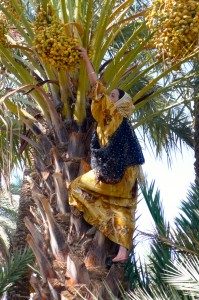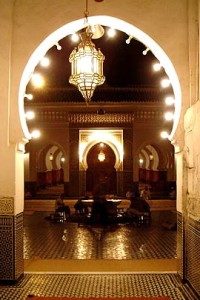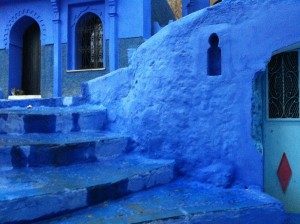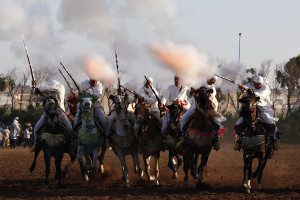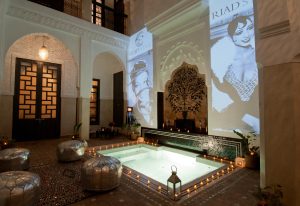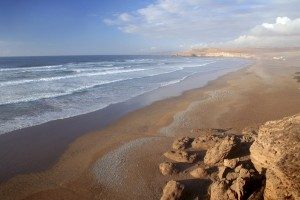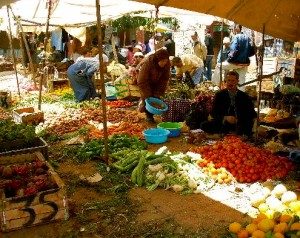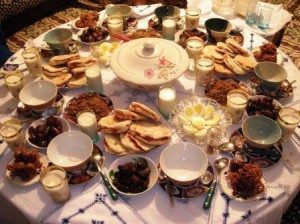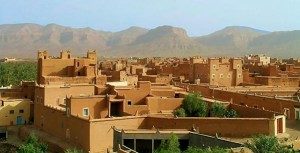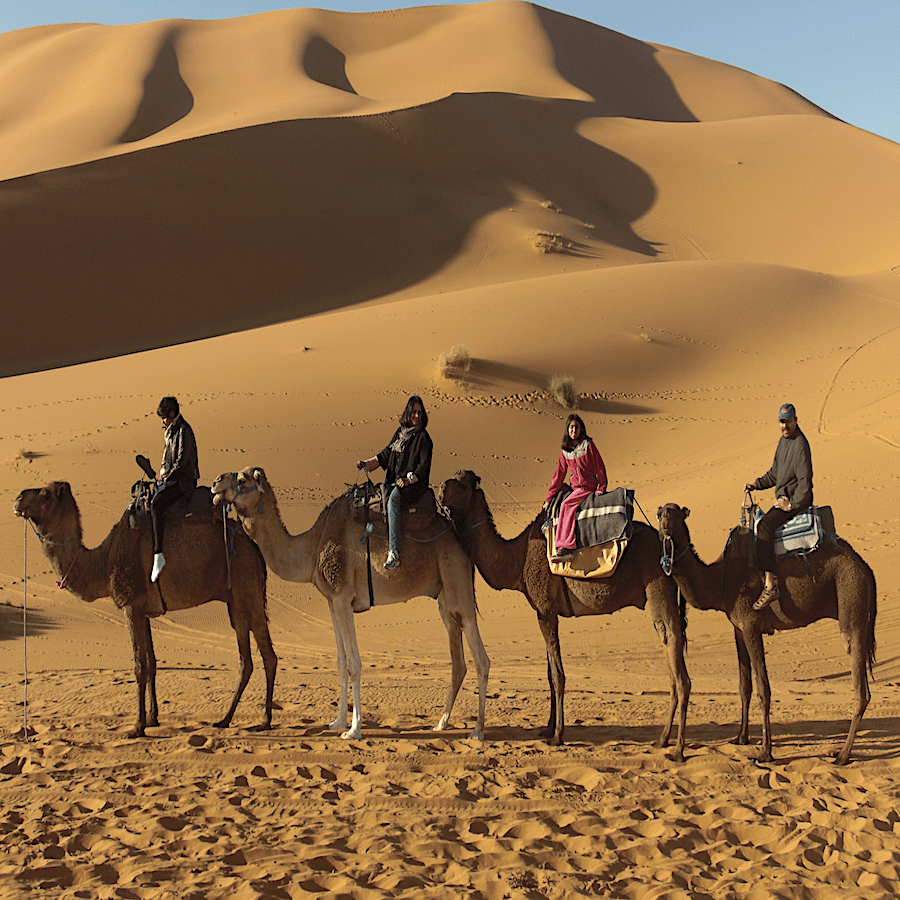The Erfoud Date Festival takes place in early October for 3 days (dependant on the harvest) and makes for the perfect pitstop on a Morocco Private Tour. Erfoud is a small oasis town in the Moroccan Sahara desert, about 6 hours to the east of Ouarzazate. It is a quiet little town with red buildings surrounded by beautiful scenery and date palms stretching from Er Rachidia to the North, and Rissani to the south to form the largest expanse of palm groves in Morocco.
Tag: Family Tours Morocco
Morocco ‘s 4th Imperial City of Meknes is often left off tourist itineraries. Meknes is a UNESCO World heritage site and has massive imposing ramparts, 25 kms long, built by Sultan Moulay Ismail, of the Alaouite dynasty, who ruled Morocco from 1672-1727. He chose Meknes as his capital because of the resistance and intrigue he encountered in Fes and Marrakech. He successfully defeated warring tribes and religious brotherhoods in the south uniting the country and repelling European invaders in the north, liberating Tangiers from British rule. The Sultan Moulay Ismaeil also withstood the Ottoman invaders who took Tunisia and Algeria.
Chefchaouen lies inland from Tangier and Tetouan. Chefchaouen is a unique Moroccan city known for its blue and white washed medina walls that surround it. Filled with old world charm, a walk through Chefchaouen’s blue alleys evokes being in a magical story book, similar to Aladdin and the magic lamp from One Thousand and One Nights. An early morning stroll through Chefchaouen’s winding streets is a great to discover this Riffian town famous for fresh goat cheese, local crafts and peaceful setting.
During the year, the small town of Tissa,on the edge of the Rif region, in…
Riad Star opens in September 2013 after two years of renovation by a team of Marrakech’s finest craftsmen. It was part of the palace once owned by the Pasha of Marrakech, Thami El Glaoui who in the 1940s invited Josephine Baker to live there. She was inspirational vaudeville star, singer and dancer of the jazz era. She was also a French resistance heroine and civil rights pioneer to come and live in it and Riad Star’s seven rooms have been decorated in Art Deco style with memorabilia sourced from the Parisian music halls of the twenties and thirties. Riad Star is a unique addition to Moroccan Riad and Boutique Hotel offerings.
In Morocco in July and August when temperatures are on the high side, you can avoid the sweltering heat of the cities by heading to coastal resorts or the Atlas Mountain retreats where cooler breezes allow you to escape inland heat. Agadir’s long clean crescent beach on the Atlantic coast, offer opportunities for surfing, snorkeling, wind surfing and jet skiing. Most of the larger hotels and surf clubs on the beach rent out water sports equipment and surf boards and cool sea breezes keep the temperature down.
By visiting local souks outside Marrakech you can experience local Berber country life and absorb the character of the marketplaces where they meet each week. This is an important social occasion where local producers sell their wares including, fruit, vegetables and livestock. Merchants from Marrakech sell essentials such as: tea, coffee, sugar, packaged foods, cooking items, clothing and electronics. You can also come across carpets, jewelry and pottery generally cheaper than in Marrakech. There are many things available to buy from in Moroccan souks: henna, spices, rugs, Berber slippers and sandals, pottery, Berber djellabahs for men, dresses for women and handmade wooden kitchen utensils.
Moroccan soups are tasty and fortifying and are accompanied during Ramadan with an assortment of sugary sweets to boost energy levels after a day of fasting The Ramadan fast is broken with harira a lentil and tomato based soup. dates and dried figs and chebakia, which are flower-shaped cookies soaked in honey and sprinkled with sesame seeds. Sweets are an integral part of the social aspect of Ramadan and the ftour meal.
The Sagro Mountain region and Ait Ouzzine is the ancestral village of the Ait Atta a Berber tribe which resisted the French up until a treaty was concluded 1933 and never submitted to Thami El Glaoui Pacha of Marrakech during the French protectorate 1912-1956. The Ait Atta belong to the Ait Atta Confederation which covers Ouarzazate, Errachidia, and Azil Provinces. The tribe existed prior to the Arab Islamic conquest in the 7th century and was the leading Berber tribe between the 15 and 19th century. Fiercely independent, their stronghold was the Saghrou Mountains which surround Nkob and its villages. A trek in the Sagro Mountain region includes a five day treks tarting from the Dades valley via the Saghrou Mountains to Nkob. You can also visit the Valley of the Roses on the high plateau of El Kelaa MGouna when visiting this region as well or arrange a home stay with a Berber family through a reputable Moroccan travel agency that specializes in travel in Morocco’s Berber villages and the great South.
Tourists who bring their families on vacation will find a special entry into Moroccan society. Moroccans love children and much of Moroccan society is focused on the family and their offspring. Children are warmly welcomed and treated with every consideration in Morocco. Teaching children a few words of Arabic before they come to Morocco can be very rewarding. Children are a tremendous icebreaker and waiters, maids and shopkeepers will be far more attentive when there are children around.

